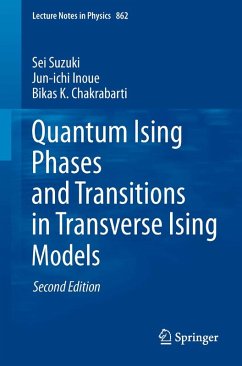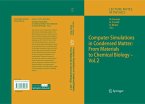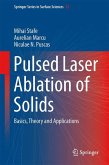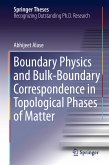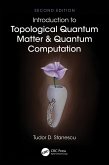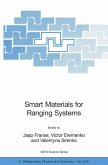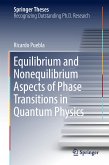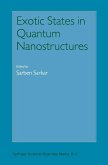For modeling purposes, most of the current innovative and successful research in this field has been obtained by either directly or indirectly using the insights provided by quantum (or transverse field) Ising models because of the separability of the cooperative interaction from the tunable transverse field or tunneling term in the relevant Hamiltonian. Also, a number of condensed matter systems can be modeled accurately in this approach, hence granting the possibility to compare advanced models with actual experimental results.
This work introduces these quantum Ising models and analyses them both theoretically and numerically in great detail. With its tutorial approach the book addresses above all young researchers who wish to enter the field and are in search of a suitable and self-contained text, yet it will also serve as a valuable reference work for all active researchers in this area.
Dieser Download kann aus rechtlichen Gründen nur mit Rechnungsadresse in A, B, BG, CY, CZ, D, DK, EW, E, FIN, F, GR, HR, H, IRL, I, LT, L, LR, M, NL, PL, P, R, S, SLO, SK ausgeliefert werden.

